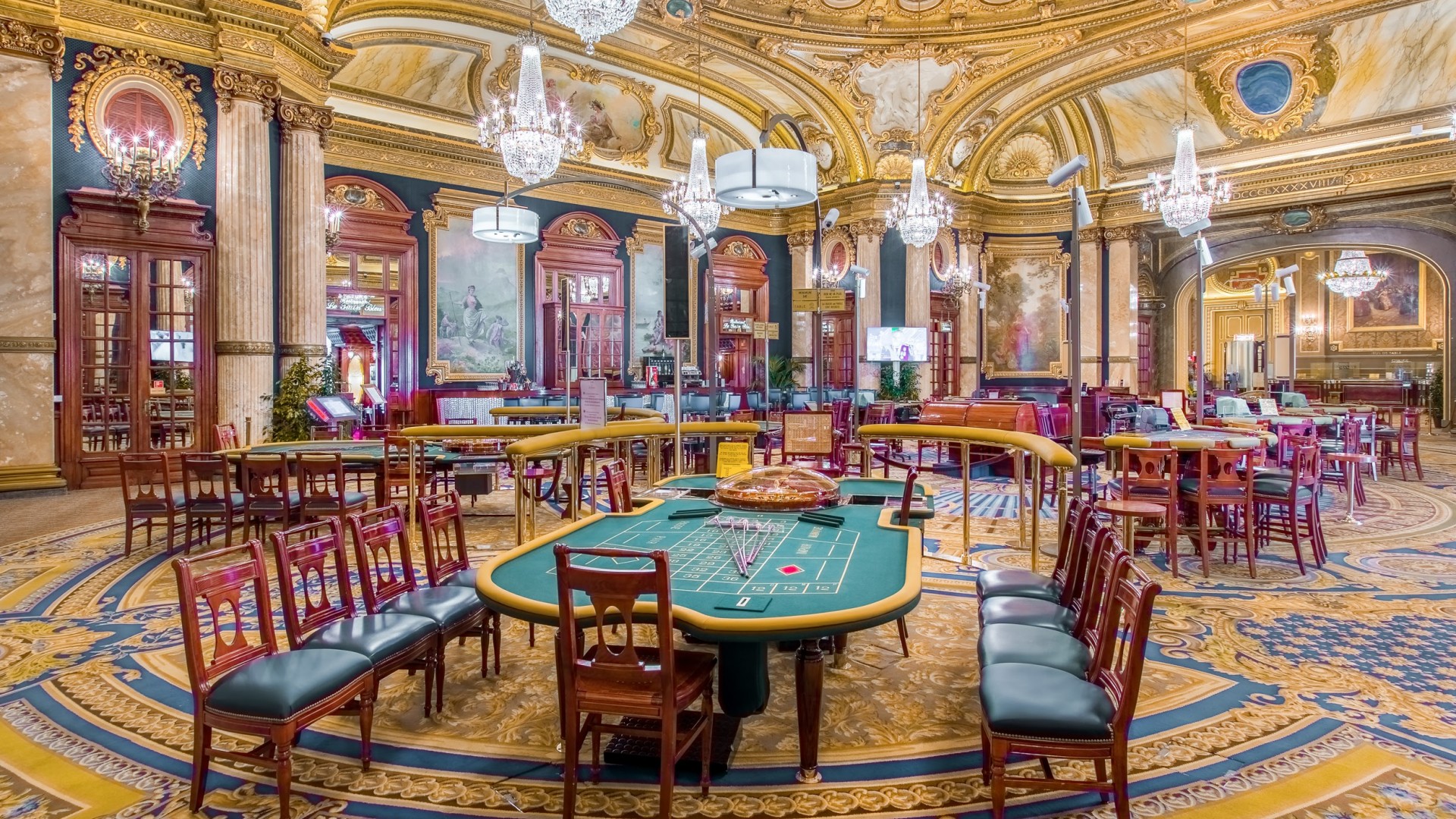The history of gaming machines is a fascinating journey that mirrors the development of recreation and wagering across the ages. Beginning in their modest beginnings in the final decades of the 1800s to growing into a fixture in casinos across the planet, these games of chance have experienced significant changes. Slot machine games have captivated players with their bright graphics, engaging themes, and the promise of transformative prizes.
Originally designed as analog instruments with rotating drums and limited images, slot machines have transformed into sophisticated tech-based games that feature innovative features and interactive elements. In the present day, they attract millions of players, each wanting to hit the jackpot with just the yank of a lever or the touch of a button. Delving into the intriguing past of these games discloses not just the story of a well-liked activity, but also a reflection of cultural shifts and technological advancements over the ages.

The Beginnings in Slot Machines’ History
The story of slot machines begins in the final years of the 19th century, a time when mechanical devices were increasingly popular in entertainment venues. The first true slot machine was invented by Charles Fey in 1895, known as the Liberty Bell. This machine featured 3 spinning reels and five symbols: hearts, diamonds, spades, a horseshoe, and the legendary Liberty Bell. Players pulled a lever to spin the reels, and if the symbols matched in a particular combination, they would win a payout. Fey’s invention rapidly captured the attention of gamblers and paved the way for future developments in casino slots games.
As the idea of the slot machine gained traction, numerous inventors looked to enhance Fey’s design. By the dawn of the 1900s, slot machines were becoming a common sight in saloons and amusement parks. In 1907, the initial electromechanical slot machine was launched by Herbert Mills, featuring a more intricate system of payout mechanisms and the iconic fruit symbols that are still associated with slots today. This evolution marked a major shift in the gaming industry, as machines became more entertaining and user-friendly, attracting more players.
The popularity of slot machines remained high throughout the early 20th century, resulting in their extensive use in casinos across the United States. However, as legal restrictions on gambling during the Great Depression presented challenges for the industry. Many machines were outlawed, but this did not stop innovators. Instead, they adjusted by creating machines that dispensed candy or gum instead of cash prizes, effectively bypassing the restrictions while still providing the thrill of a casino slots game. This creativity kept the spirit of gambling intact, setting the stage for the future resurgence of slot machines in modern casinos.
Evolution of Slot Machine Technology
The background of slot machines commenced in the closing 19th century with the creation of the first mechanical machines. Charles Fey, a San Francisco mechanic, introduced the Liberty Bell in 1895, which featured three spinning reels and five symbols: hearts, diamonds, spades, a lucky horseshoe, and the Liberty Bell itself. This basic yet engaging appearance laid the groundwork for the evolution of gambling slots, creating an immediate draw for players seeking excitement and a opportunity to earn.
As innovation progressed, so did the styling and capabilities of gambling devices. By the mid 20th hundred years, electronic mechanical machines surfaced, including electrical components to enhance gameplay and boost payout opportunities. These improvements enabled for more complex features like several paylines and greater jackpots. 789p The gambling venues embraced these advances, causing the growth of gambling devices as a major provider of income within the gambling sector, fundamentally changing the casino slots game experience.
The late 20th and early 21st hundred years brought the digital revolution, leading to the launch of video gambling machines. These machines substituted traditional reels with digital screens, permitting even more innovation in themes and gameplay features. Gamblers could now enjoy immersive graphics and sound effects, along with interactive bonus rounds. The transition to online casinos further changed the gambling world, rendering slots accessible to a global audience whenever and wherever, thus marking a fresh chapter in the evolution of gaming machine technology.
A Cultural Impact of Gaming Machines
Slot machines have become more than just a form of leisure; they have integrated into the essence of popular culture. Across movies and television shows to music and literature, these famous gaming machines often act as symbols of chance and gambling. Films like The Casino and Ocean’s 11 prominently highlight slots, depicting them as thrilling yet uncertain elements of the casino atmosphere. Their distinct attraction lies in the noise of coins clinking, the revolving reels, and the vibrant flashing lights, which in unison create an exhilarating atmosphere that draws people in.
Moreover, slot machines have influenced social gatherings and events, making them a centerpiece in casinos and gaming venues. Numerous individuals do not just visit a casino to gamble; they go for the entire experience, which includes the social interactions and the lively ambiance surrounding these machines. Special tournaments and themed gaming nights centered around these games also showcase their popularity, fostering social connections and collective fun among players. This community aspect has contributed to the machines’ lasting popularity.
The evolution of technology has also transformed this cultural impact. Digital and online slots have expanded access to these games far beyond the walls of physical casinos. Players can now enjoy their favorite casino slot games from home or on the move, leading to the rise of virtual forums and discussion boards where enthusiasts share strategies and experiences. The continuous innovation in game design and the inclusion of storytelling have kept the cultural significance of slot machines alive, attracting younger audiences while maintaining a tie to their cultural roots.
